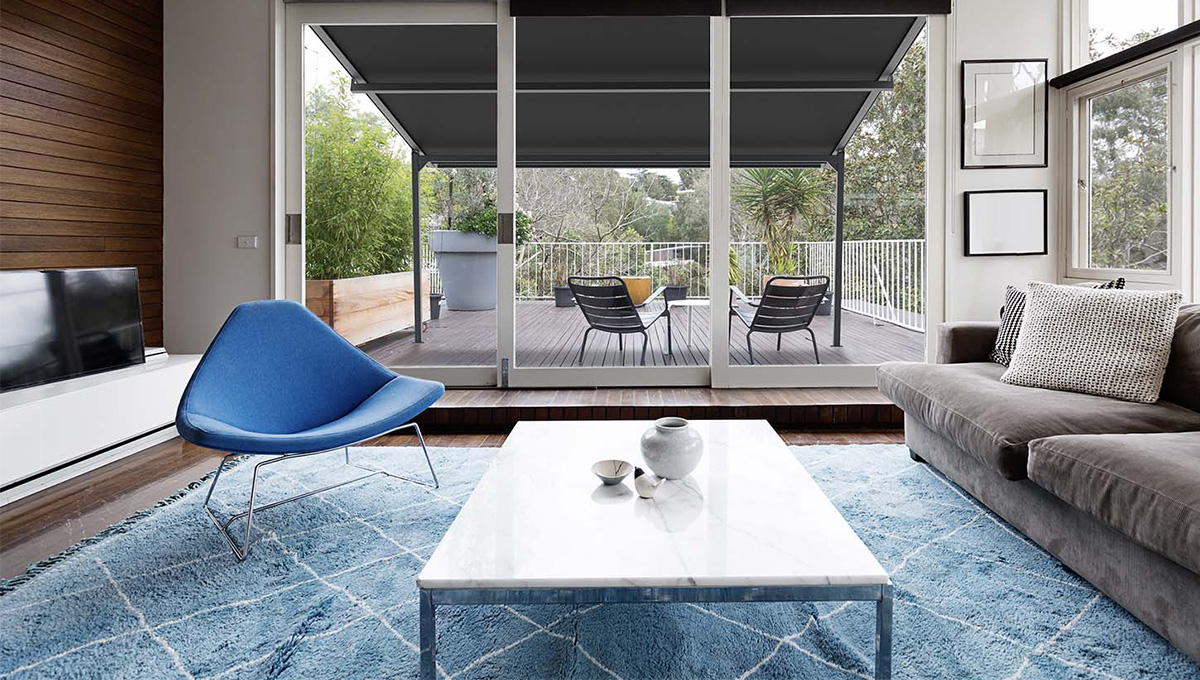Selecting a rug can be intimidating, not only because of its large size (it’s often one of the largest items in a room) but also because of the intimidating price tags that can accompany them. The truth is, when it comes to choosing the right Moroccan rug for a space, the number one rule is: there are no rules! Having said that, there are some aesthetic and practical factors to consider, ranging from fiber density (or pile) to dimensions and proportions — not to mention color and pattern. Not sure where to begin?
–Know How to Spot Quality, Whether It’s a Vintage Rug or a Brand-New One:
Look for the words ‘hand knotted’, ‘handwoven’, or even ‘handmade’. Those are the first indicators that you’re purchasing a long-lasting Moroccan rug. This is especially true for vintage rugs that are 50 years or older, as well as antique rugs that are 100 years or older. Not seeing a tag that confirms this information, or want to double-check? Examine the underside of a rug: Handwoven if the knots are uneven; machine-made or hand-loomed if the knots are symmetrical or consistent.
–Do Your Research on the Makers and Materials :
One of the best things about vintage rugs is that they’re inherently sustainable because you’re reusing an existing item. But you should make sure the rug dealer is open about where they get their rugs and other pertinent information. Plan on learning about the different regions where Moroccan rugs are made if you’re buying new. You should also consider the materials used: choose natural materials such as organic wool over manufactured ones, because they are high-quality, organic materials that are durable but will biodegrade over time, unlike their synthetic counterparts.
–First, Arrange (Or Measure) Your Furniture :
Few things are more awkward than a rug that is either too large to crawl up a wall or too small to be seen under furniture. It’s a good idea to start by laying out your furniture in your desired arrangement and then determining your desired rug size from there. In general, there should be at least a foot of space between the rug and the perimeter walls; additionally, your furniture should either be fully on or halfway on the rug.
–When It Comes to Pile, Consider Functionality:
The term pile refers to the density and height of the wool on the visible side of a rug, which can be cut or left in loops, giving it specific characteristics such as thick or thin, soft or coarse, shaggy or flat. We recommend a rug with a shorter pile for a dining room so that furniture (and, inevitably, crumbs) don’t get stuck in the fibers, whereas a rug with a plusher, higher pile might be more appropriate for a bedroom.
–The Importance of Texture Cannot Be Overstated :
The texture of a rug and its fibers, which play an important role in the ambiance of a space, are related (but not synonymous) with pile. A thick, soft woolen Moroccan rug under your feet evokes a feeling of physical and visual warmth in your bedroom. If you want a light and airy feel, a Kilim rug is ideal because it adds sophistication to a room while keeping your feet cool as you walk on it. Though If you want to add even more texture and depth to a room, layer a small statement Moroccan rug over a large sisal rug.
-Consider Color, but Do so Strategically :
Do you like color but aren’t entirely sure how (or if!) to incorporate it into a room with a Moroccan rug? If you want to incorporate a colorful Moroccan rug into a space, we would recommend keeping the design of the room fairly neutral so that the rug can be the main statement in the room. And the proportions of a room can also influence whether or not bold colors work: The larger the rooms with higher ceilings tend to suck color up, so when designing for such spaces, it’s great to play with brighter colors. On the other hand, some colors can be surprisingly neutral, such as oxblood, denim blue, teal, and olive, and go well with a variety of styles of furnishings, so don’t be afraid to experiment with a few different colors to see what feels best to you.


